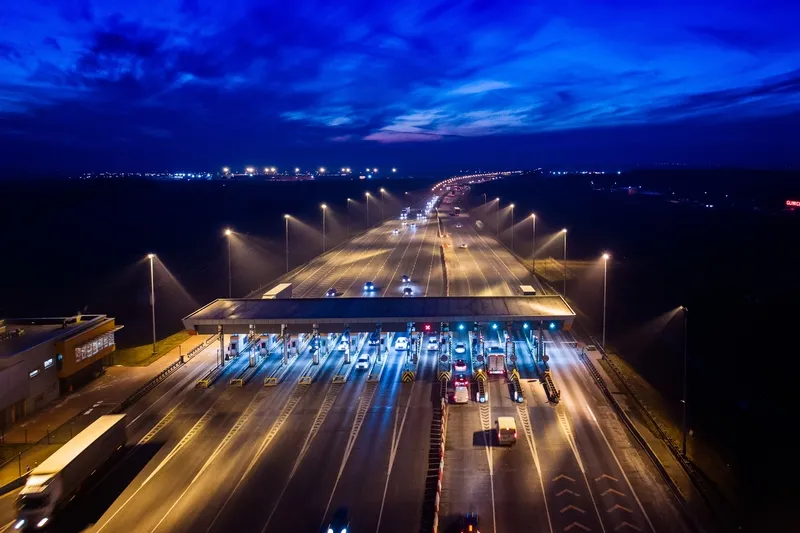The device can replace paper tickets or radio frequency identification cards and uses a vehicle number plate as the access medium or virtual ticket. It is intended to remove issues caused by lost or damaged tickets, eliminate fraud and allows operators to reduce costs while improving the customer journey.
Number plates are read when vehicles approach the entry point. Drivers who have exceeded their free parking period can pay at an automated payment machine, manual cash desk, handheld solution Mobile.Gate or at an optional exit column. The exit barrier then automatically opens after the transaction is paid.
Operators can use the full ticketless mode and other options if a back-up solution is required. A back-up ticket is issued if a number plate cannot be captured in instances where the system is out of operation.
Daily or weekly reports can be produced on car park occupancy and payment/non-payment. An ‘honesty button’ feature can also be used in lost-ticket scenarios if a ticket has been issued.
APT Skidata's hybrid solution can be applied to single sites and complex networked sites such as those used in shopping centres and leisure facilities.
APT Skidata introduces tickteless parking device to ease congestion
APT Skidata claims its new ticketless solution using automatic number plate recognition (ANPR) will provide drivers with faster and easier access to parking. The Austrian company, a joint venture between Swarco and Skidata, says its platform is suited for operators offering an initial free parking period.
The device can replace paper tickets or radio frequency identification cards and uses a vehicle number plate as the access medium or virtual ticket. It is intended to remove issues caused by lost or dam
May 30, 2018
Read time: 2 mins










